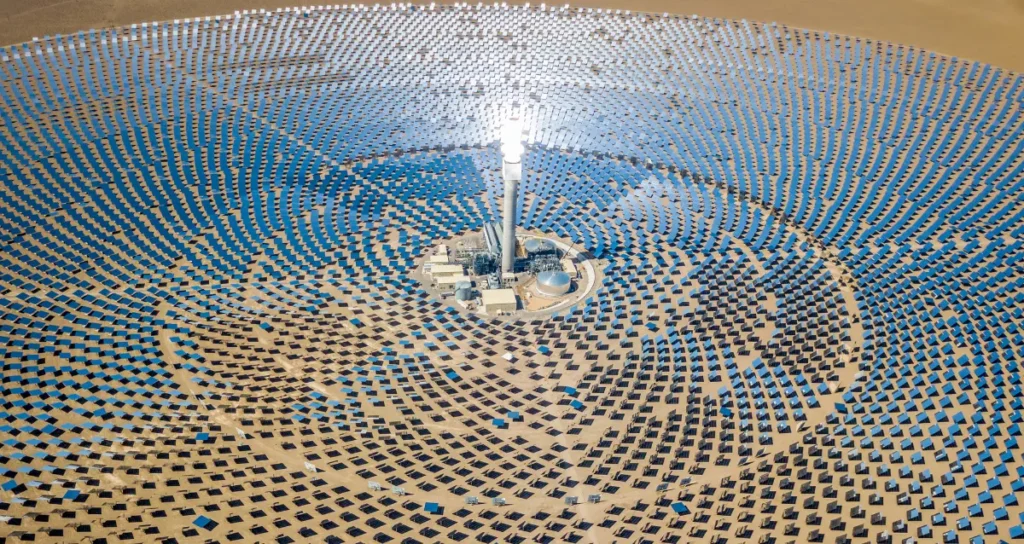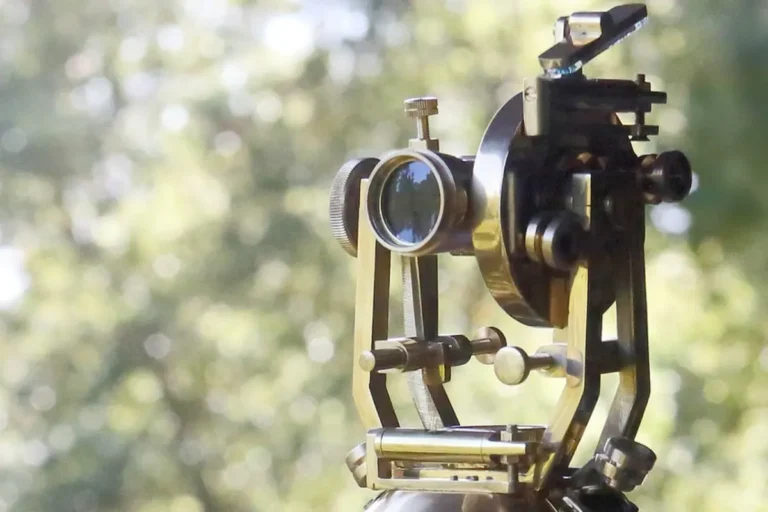Harnessing Solar Power at Night: The Revival of Concentrated Solar Power
The potential of solar energy has captivated scientists, engineers, and environmentalists for decades. In the late 1970s, photovoltaic (PV) solar cells, capable of converting sunlight directly into electricity without moving parts, were seen as a revolutionary but prohibitively expensive technology.
Fast forward to today, and PV panels have become the go-to solution for harnessing solar energy. However, there’s an older, almost forgotten technology that’s making a comeback with a unique promise: generating solar power even when the sun isn’t shining.
The Dawn of Concentrated Solar Power
Concentrated Solar Power (CSP) emerged as a promising alternative to PV cells. Instead of converting sunlight directly into electricity, CSP uses large mirrors to focus and concentrate sunlight onto a single point. This concentrated heat is then used to produce steam, which drives a turbine to generate electricity.
The world’s first commercial solar electric power plant, Solar One, was a CSP plant. Initially, CSP seemed like the future of solar technology, offering pure, clean, and consistent energy.
However, the rise of PV cells, driven by significant price reductions and technological advancements, overshadowed CSP. The cost of electricity from PV cells dropped by nearly 90% over the past decade, making them the more attractive option. This shift in the solar energy landscape led to a decline in CSP projects, with PV cells becoming the dominant technology.
The Challenges of CSP
CSP faces several technical and operational challenges. Each mirror in a CSP plant must track the sun’s movement precisely, which requires complex systems and constant adjustments. Additionally, CSP plants need to be large to be cost-effective, making them difficult and expensive to engineer and manage.
The Crescent Dunes project in Nevada, a $1 billion CSP plant, exemplified these difficulties. It was plagued by technical problems, including issues with molten salt, the medium used to store heat. These problems led to frequent outages and ultimately tarnished CSP’s reputation.

The Unique Advantage of CSP: Nighttime Power Generation
Despite its challenges, CSP has a unique advantage over PV cells: the ability to generate power at night. CSP plants use molten salt to store heat, which can then be used to produce electricity even after the sun has set. This capability is crucial for providing a reliable and consistent power supply, especially as more renewable energy sources are integrated into the grid.
Newer CSP plants incorporate large storage tanks to hold the heated molten salt, which cools by only 1 degree Celsius per day. This stored heat can be used to run turbines and generate electricity during peak demand periods or at night, offering a valuable solution for around-the-clock renewable energy.
The Revival of CSP: A Niche Technology with Big Potential
The potential of CSP has caught the attention of China, which is now leading the charge in its revival. China’s policy mandates that every new renewable energy park with a capacity of 1 gigawatt (GW) must include 10% of storage. This has spurred the development of around 30 new CSP plants in the country. By combining PV panels for daytime electricity generation with CSP for nighttime power, China aims to create a more balanced and reliable renewable energy system.
Companies like Vast are also working on innovative CSP designs to address past issues. Their approach involves building smaller, modular towers and using liquid sodium instead of molten salt. These advancements aim to make CSP more cost-effective and easier to manage.

The Future of CSP
The future of CSP hinges on the success of these new projects and the support of policies that recognize its potential. While CSP may never reach the scale initially envisioned, it has found a niche where it can thrive: providing nighttime, dispatchable renewable energy. This niche is critical as we move towards a more sustainable and reliable energy future.
As we continue to explore and develop renewable energy technologies, CSP’s ability to generate power at night could make it an indispensable part of the global energy mix. With ongoing innovations and supportive policies, CSP might just shine brightest when the sun goes down.
Have you ever heard about this innovative solar technology? What are your thoughts on its potential? Share your insights in the comments and stay tuned for more updates on the latest in renewable energy technology.
FURTHER READING







